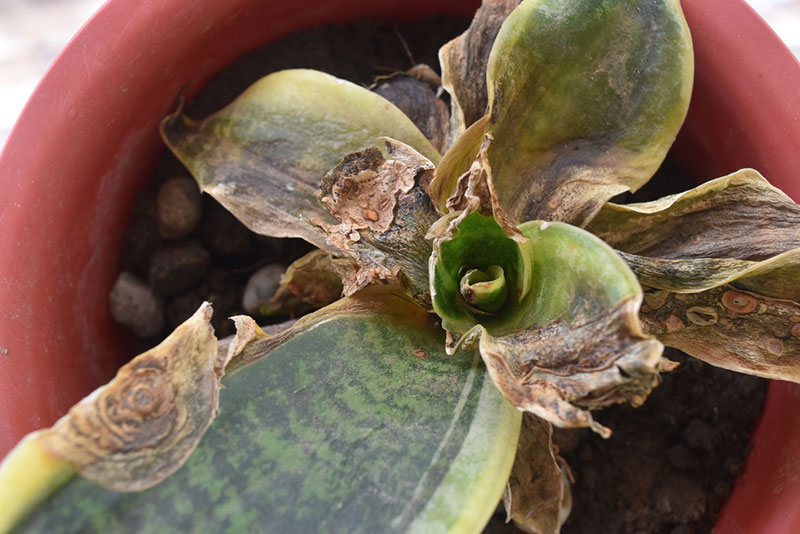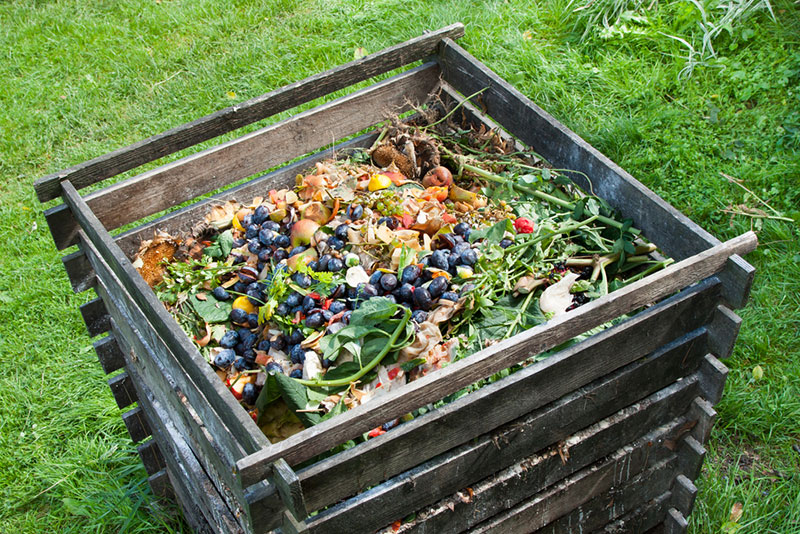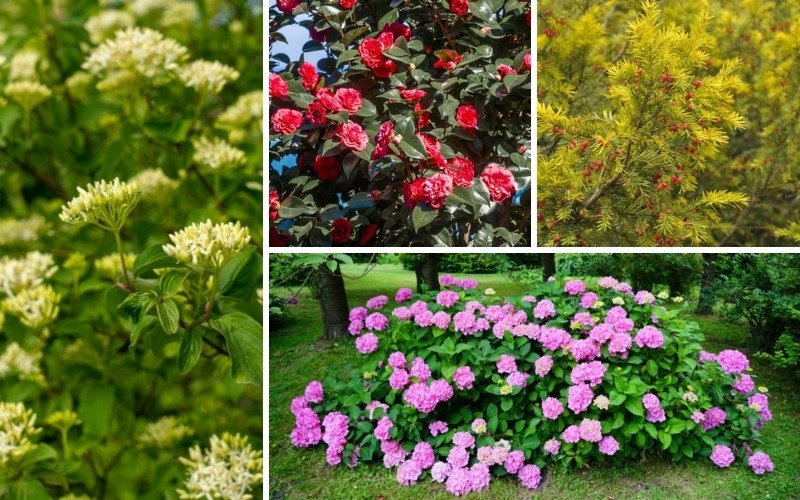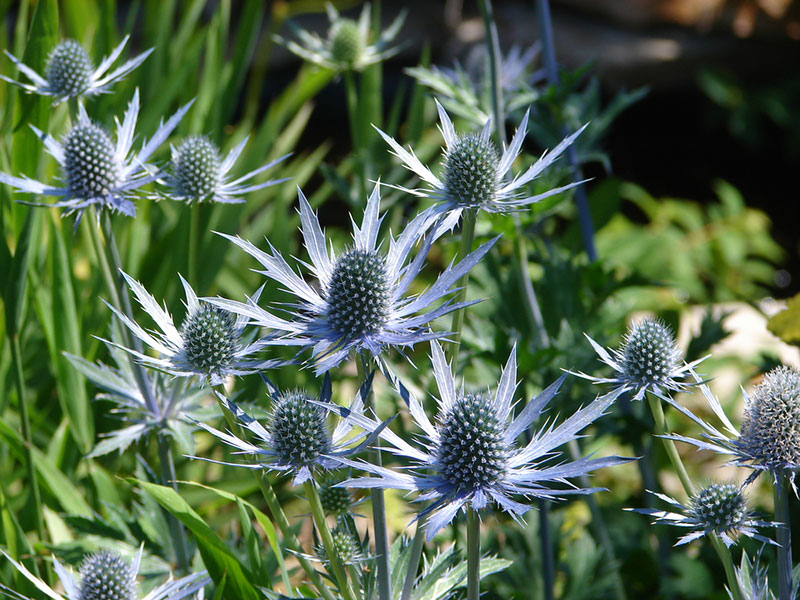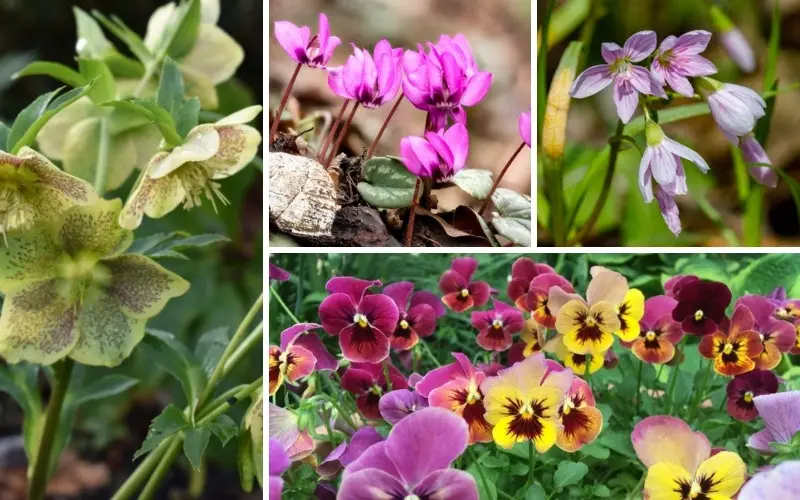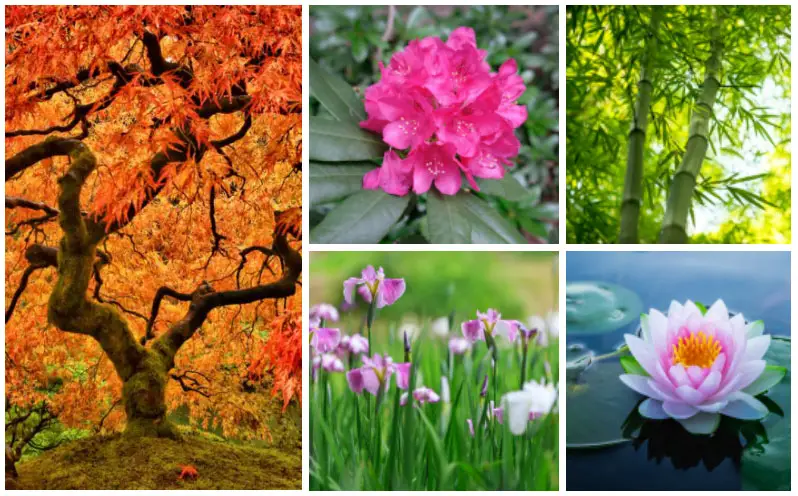
Ever since the Asuka period, when gardeners in Japan copied elements of Chinese gardens that they loved, many around the world have fallen in love with Japanese gardens. The ideas from Japanese gardens have been incorporated into gardens around the world. These include the Portland Japanese Garden, Shofuso Japanese House, and the Anderson Gardens in Rockford, Illinois.
The main design elements of a Japanese garden include water, stones, lanterns, and bridges. The most crucial aspect, however, is the plants. If you are interested in creating your Japanese garden, consider these 10 plants.
Wisteria
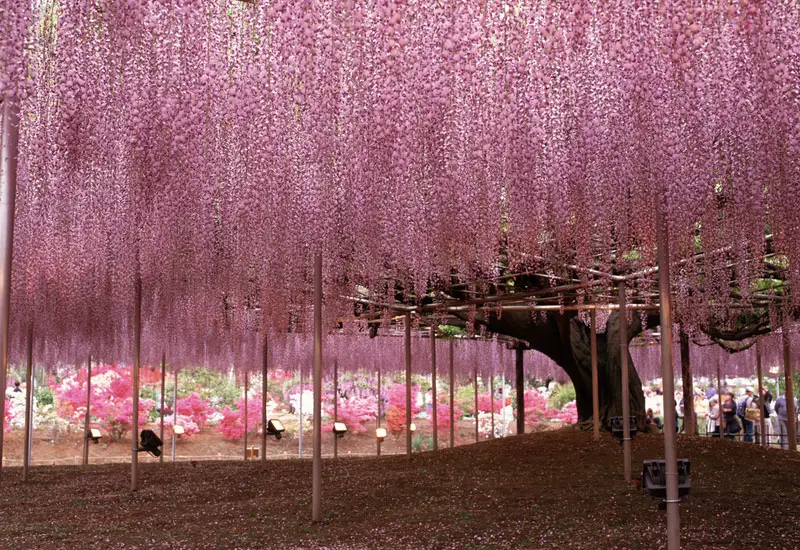
There are at least nine varieties of wisteria available, but one of the most popular in North America is the Japanese wisteria. This plant that thrives from zones 3 to 9 can grow to be 30-feet tall by twining clockwise around its axis. It produces green leaves with 11-to-19 leaflets in the spring that turn vibrant yellow in the fall. Violet pea-type flowers appear in clusters that can be up to 20-inches long mid-spring and last throughout the summer.
Rhododendrons
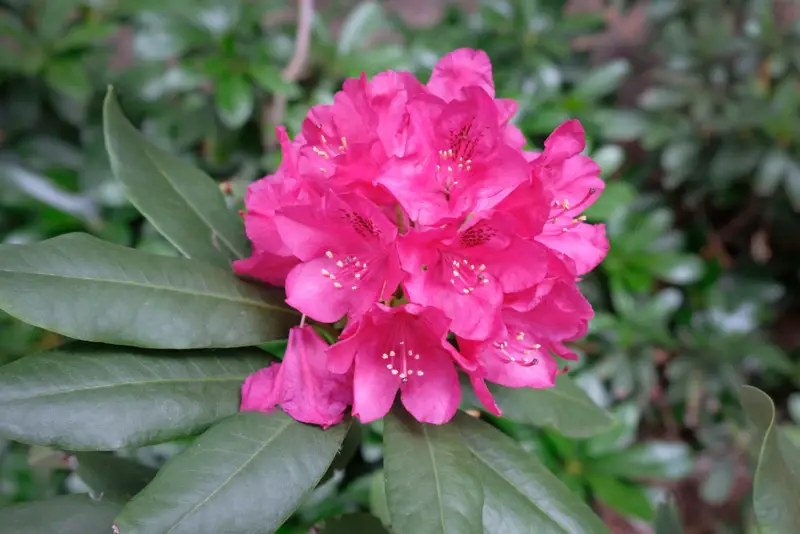
Another type of plant to consider for your Japanese garden is rhododendrons. These plants that grow from zones 4 to 8 usually grow to be about 5-feet tall, and you can find options in many different colors. These spring-and-summer bloomers often put on large clusters of flowers. You can also find evergreen options or those that lose their leaves in the winter.
Japanese maple
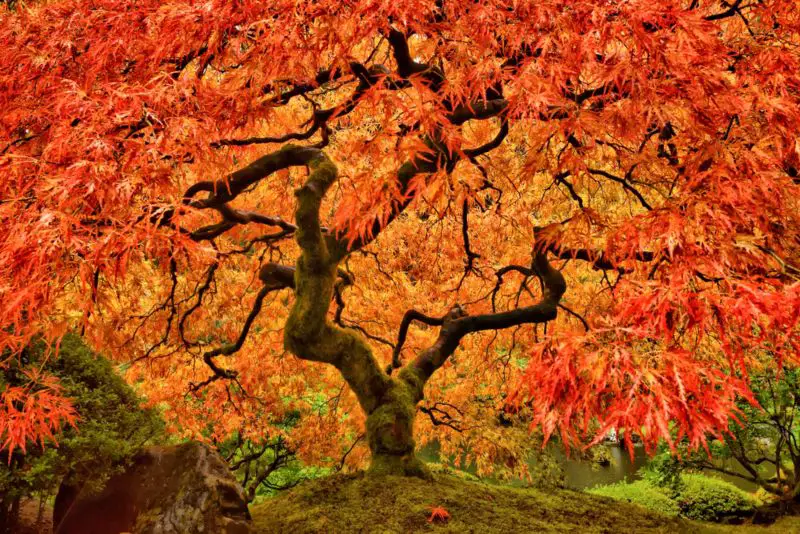
Most Japanese maples thrive from zones 5 to 8, but be sure to check your variety. You can find dwarf varieties to those that grow to be over 25-feet tall. In Japan, this tree is usually planted at the western end of gardens as they believe that is the direction where fall will arrive first. Tiny flowers appear in late spring, and they are followed by a winged seed called a samara that can be red or green. The samara will stay on the tree until mid-fall.
Peonies
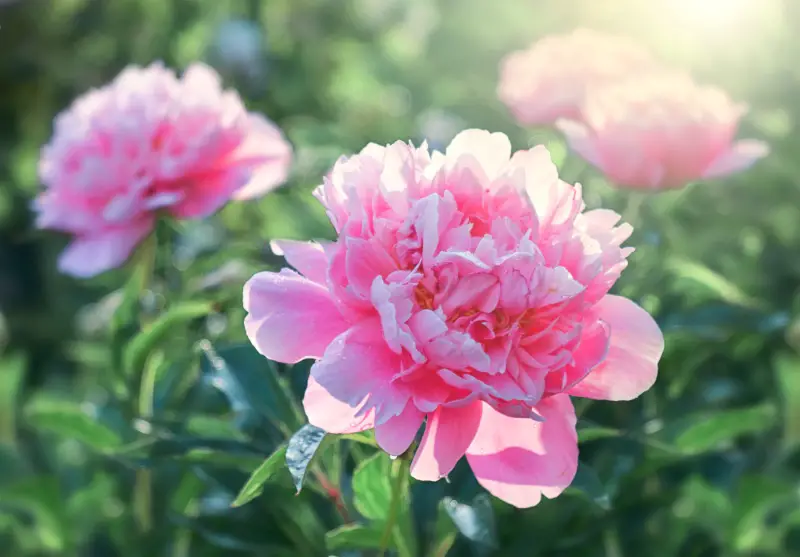
You can easily grow peonies from zone 3 to 8. Single, anemone, and Japanese peonies put on a cup-like blossom in mid-spring that can last throughout much of the summer. In the middle of the cup, you will usually find yellow or pink stamens. While the stamen is still present, you cannot see it in double peonies because of their tightly packed mass of petals. Anemone peonies put on double flowers with tight, narrow center petals. In Japanese peonies, the outside and inside petals are in contrasting colors.
Japanese Black Pine
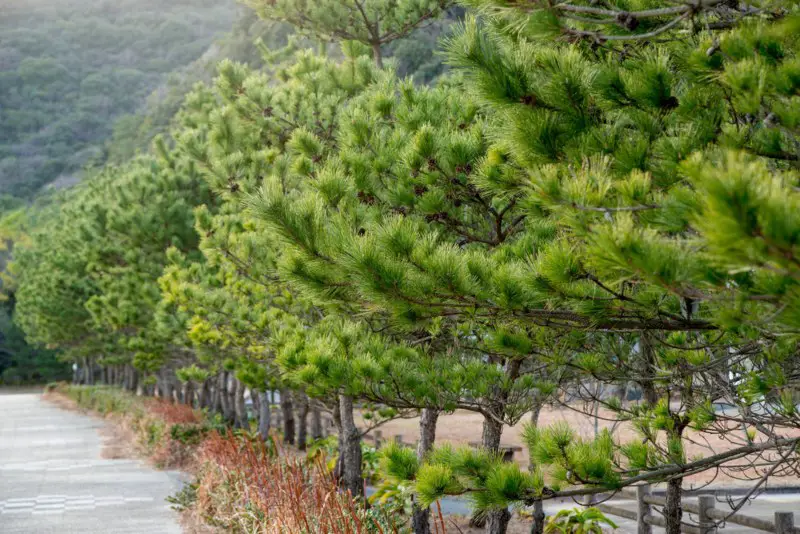
This tree can grow up to 100-feet tall, but it is usually pruned to stay about 25-feet tall in Japanese gardens, where it is often used as a bonsai tree. It puts on inconspicuous flowers hidden by the trees dark evergreen needles in the spring before it puts on pinecones that mature to be about 3-inches long.
Styrax japonicus
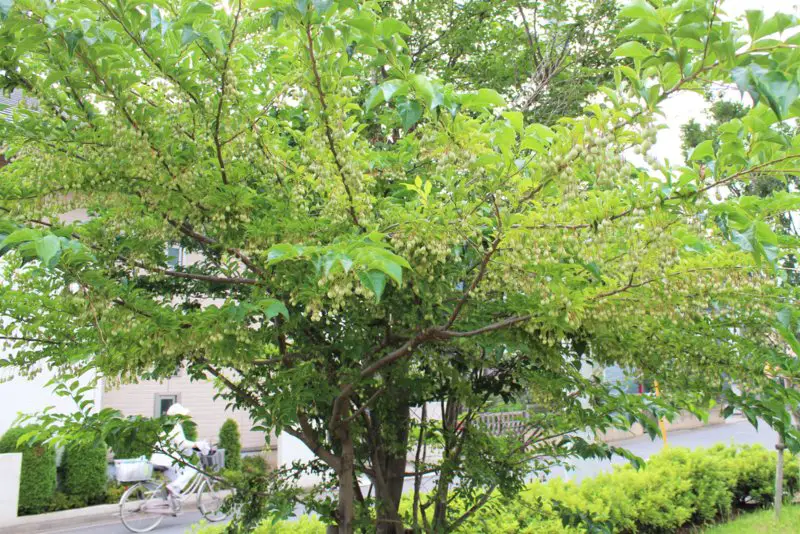
Growing from zones 5 to 9, the styrax japonicus can grow up to 30-feet tall. As this sun-loving plant matures, its gray bark peels away to reveal orange bark underneath. This plant’s upward-pointing, dark-green leaves form an interesting contrast to its waxy, five-petaled white flowers that appear in clusters in May and June. After the flowers fade, this tree puts on dark-green, olive-shaped stone fruit.
Bamboo

There are over 1,400 species of this tall treelike grass, and one or more will look perfect in your Japanese garden if you live in zones 5 through 10. There are dwarf varieties that work great as groundcover and types that grow to over 30-feet tall when mature. Clumping varieties tend to stay where they are planted while running bamboo often spread rapidly. Most bamboo flowers only one time.
Camellia (Camellia Japonica)
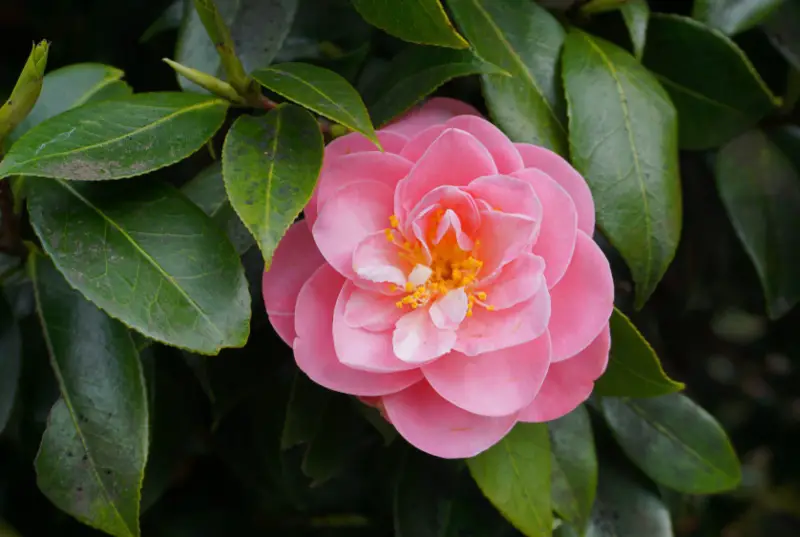
While this shrub that grows up to 12-feet tall loves a little light, plant it where it is not in full sun. Some cultivators are known to survive more than 500 years with proper care. While most camellias bloom in shades of pinks and reds, you can also find yellow and white options. You can also find choices that have tiny flowers while others are up to 5-inches across. If you live in zones 7 to 9, then you are likely to love this fall bloomer.
Lotus

If you are looking for a water flower for your Japanese garden, consider the lotus. You can find varieties that will grow from zone 4 to 12 and options that will grow from 3-feet to 8-feet across. Some stay almost flat to the water’s surface while others grow to be more than 8-feet tall. Available in a variety of colors, lotus does best in water that does not move.
Japanese Water Iris
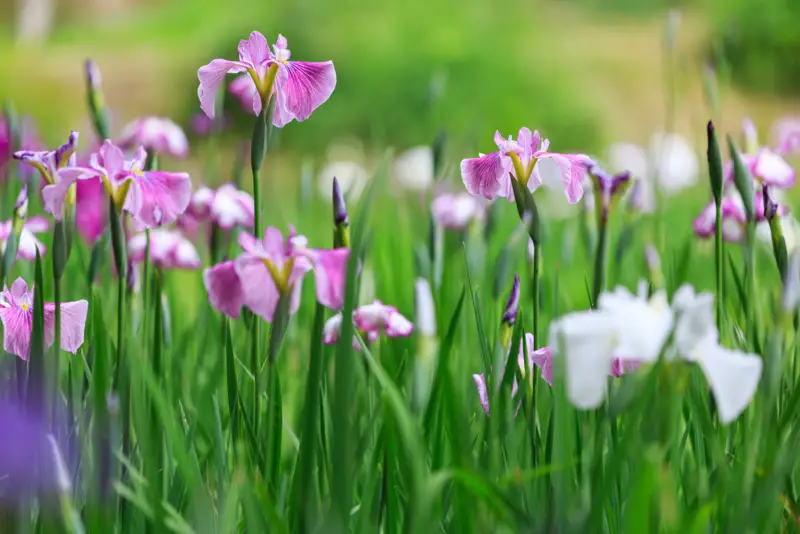
Growing from zones 4 to 9, the Japanese water iris is a bearded rhizome that grows well in the water or on land. This plant that can grow up to 4-feet tall has sword-shaped leaves that can be 24-inches long. You can find single, double, and peony-type options in a variety of colors, including blue, lavender, violet-red, pink, and white. This plant blooms in early-to-mid-summer.
Creating a Japanese garden can be fun because of the wide variety of plants available. Start your garden plans today by selecting your favorite plants based on the function that you want them to play in your garden and your location. For more Japanese garden inspiration, check out our guide we wrote on 15 Stunning Japanese Garden Ideas.

